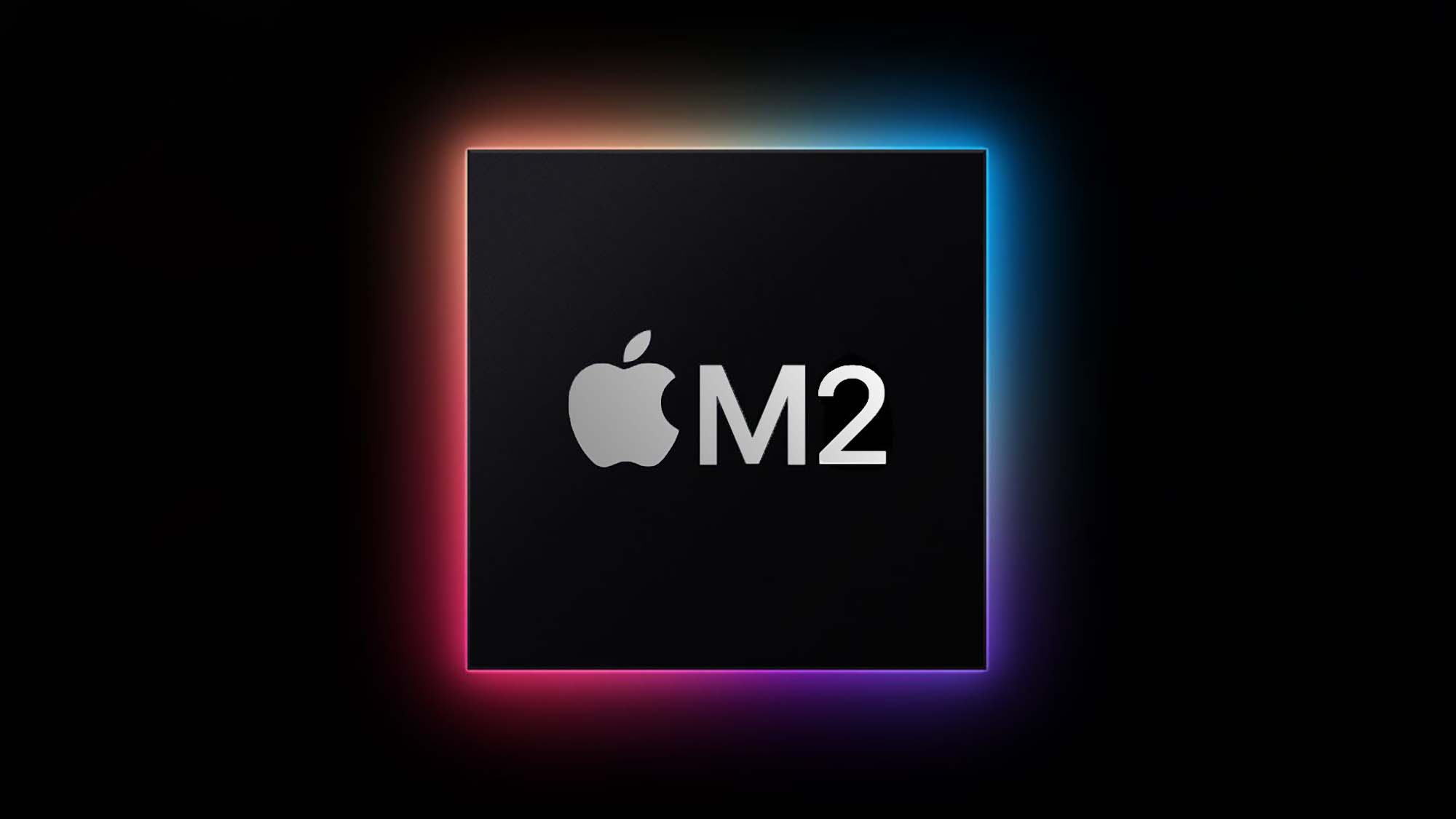I predicted the M1 Ultra in 2021, so here’s what I think Apple will do next
Rinse and repeat - but with an Apple twist

In October 2021, after Apple announced the M1 Max and the M1 Pro, I predicted that we would see an M1 Ultra and wrote what I expected, back then, to be the configuration of that chip.
Turns out I was mostly right: the M1 Ultra came with 20 cores, up to 128GB RAM and a 64-core GPU. What I was not expecting was the on-chip superhighway, an interconnect called UltraFusion that allows data to flow at 2.5TBps.
To be honest, Apple usually acts in a predictable way when it comes to hardware releases; start small and then scale. That’s its own equivalent of Intel’s so-called Tick-Tock manufacturing model (no, not that Tiktok). When the original M1 system-on-chip was unveiled, the trajectory of motion was all but set. And with murmurs of an M2 CPU likely to be launched later this year, it’s very much a certainty that it will be followed by a Pro, Max and Ultra version. Between the introduction of the original M1 and the launch of the M1 Ultra, there has been a window of 16 months.
Going on overdrive
There’s a few ways you can improve the performance of an existing processor family. You use a finer manufacturing process to allow for higher clock speeds or to cram more transistors, or you can implement new microarchitectural tweaks. Apple has another way, unique to its ecosystem, and that’s to finetune the operating system as well. Intel, Microsoft or AMD can’t do that because they either control the hardware or the software, not both. Google is possibly the closest competitor but Apple’s level of vertical integration is miles parsecs ahead.
So, with Apple so far ahead of the x86 competition when it comes to sheer hardware performance, 2022 may well be the year when it will focus on its software game, taking Intel’s tick-tock paradigm to another level where improvements at operating system level can be paired with tweaks at silicon level.
So what about the M2?
The M1 was fabbed by TSMC using a 5nm lithography (manufacturing process); rumor has it that the M2 will use a smaller node (4nm) and beyond that it's diminishing returns. Moving nodes is an easier way of changing gears, allowing for performance gains without much effort and, one might say, buying time (although given the performance delta between Apple and the rest of the x86 market, it’s more about killing time).
So, that means slightly higher clock speeds coupled with potentially more cores for the CPU and GPU. No surprise here. The original M1 had four performance cores and four efficient ones; could the new one have more of the former and fewer of the latter? Could Apple prioritize graphics performance by adding more GPU cores instead? I would definitely not discount this scenario given how intense competition is in that particular market and clear comparisons Apple made earlier this week with Nvidia’s finest.
Are you a pro? Subscribe to our newsletter
Sign up to the TechRadar Pro newsletter to get all the top news, opinion, features and guidance your business needs to succeed!
The memory problem
From a creative professional perspective, the lack of options beyond 128GB of system memory as well as the inability to connect add-on boards may or may not be crucial. Seeing a Mac Pro featuring a 28-core, 3-year old Cascade Lake Xeon CPU getting thoroughly outpaced in a popular benchmark is painful to watch. The Mac Studio will probably appeal to 95% of those looking for a workstation that can deliver raw performance in spade.
The remaining 5% will have to contend with an x86 solution for now and that may well be the next frontier for Apple. Devising something that will allow seamless integration with plug-in PCIe cards like MPX modules or Afterburner, enterprise-class features (e.g 10Gb Ethernet NIC) and support for more memory, in the Terabyte territory.
There’s another twist in the story: Apple could bring its hardware to hyperscalers (Google Cloud, AWS and Azure) to serve more than one billion iCloud users better. Making vertical integration working even further, beyond the desktop, deep into the cloud. Doing so would allow significant cost savings, enable Apple to implement unique, proprietary differentiation rapidly and economies of scale. The importance of software and services in Apple’s revenue mix can only grow.
- Check out the best MacBook and Macs around

Désiré has been musing and writing about technology during a career spanning four decades. He dabbled in website builders and web hosting when DHTML and frames were in vogue and started narrating about the impact of technology on society just before the start of the Y2K hysteria at the turn of the last millennium.